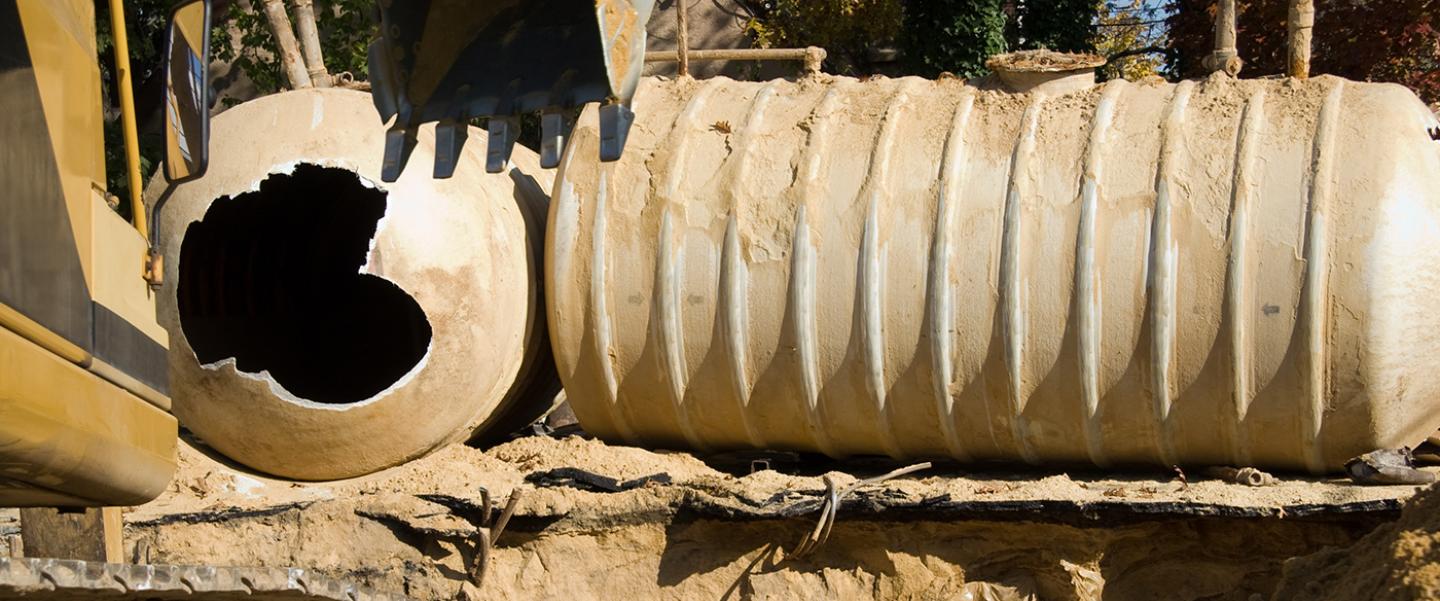HIGHLIGHTS
- The risks from leaking USTs need to be measured
- Abt analyzed several databases to develop files for regression analyses
- The project processed more than 300 gigabytes of data
The Challenge
Underground storage tanks (USTs) containing petroleum and other hazardous substances are everywhere. Accidental releases of the substances from leaking USTs (LUSTs) pose serious health, economic, and environmental risks to local residents. Abt helped the U.S. Environmental Protection Agency’s (EPA) National Center for Environmental Economics analyze how ground contamination from LUSTs affects property values, as well as the costs of preventing and cleaning up the leaks.
The Approach
The project focused on 17 high-profile leak sites across the U.S. For each site, Abt collected historical data from county appraiser offices on property sales, property characteristics, and geographic representations of parcels. The project merged and linked a variety of databases and developed auditable files to use for regression analyses that determined contributing factors. Variations among sites reduced idiosyncratic local biases. That provided greater confidence in analyses that tried to show the causes of price effects.
The Results
Overall, the project processed more than 300 gigabytes of data. The results suggest significant differences in the price effects across sites. But, on average, properties showed a 3 percent to 6 percent depreciation when news of a leak broke. Property prices rose by a similar amount after cleanup. The average effects shrink with distance from the site, extending out to 2 kilometer or 3 kilometers from the leak.
